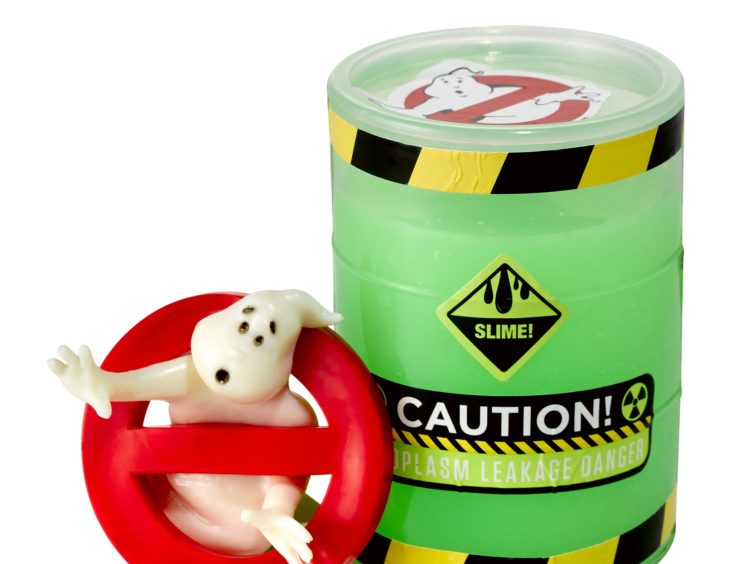
TESTS of children’s toy slimes have found almost half failed EU safety limits for the presence of a potentially harmful chemical.
Which? tested 13 products from a range of high street and online retailers and found five failed the EU safety standard limit for boron in toys, while another product classified as a putty also failed.
Boron is found in borax, a common ingredient in slime that helps to create its stickiness. The EU safety limit is 300mg/kg for slime and 1200mg/kg for putty.
Frootiputti, produced by Goobands and for sale in Hamleys, had four times the permitted limit, while HGL’s Ghostbusters slime, which can be bought in Smyths Toys Superstores, had more than three times the limit.
Which? said both manufacturers had disagreed with its categorisation of their products as slime and argue that their products are actually putty and therefore pass the EU standard.
Fun foam, made by Zuru Oosh and sold by Argos, is classified as putty but it failed the testing as it was found to have a level of 1700mg/kg.
The DIY Slime Kit, made by Essenson and available from Amazon, contained a purple slime that had four-and-a-half times the legal level of boron.
Over-exposure to boron can cause skin irritation, diarrhoea, vomiting and cramps in the short-term.
According to the European Commission, exposure to very high levels of boron may also impair fertility and could cause harm to an unborn child in pregnant women.
Earlier this year, Which? found that eight out of 11 toy slime products tested exceeded the EU safety limit.
Which? said it was concerned that some of the slimes that had been tested were making it on to shelves because they were being marketed as putty instead of slime.
It also raised concern that manufacturers were left to self-certify the safety of their products, finding that slimes were displaying a CE mark suggesting the product was safe despite boron levels being too high when tested by Which?.
The watchdog said it had informed manufacturers and retailers about its findings and asked that the products be removed from sale.
It suggested that anyone who owns one of the slimes that failed its testing “may wish to return it to the retailer and ask for a refund”.
Which? has also passed its findings to the Office for Product Safety and Standards (OPSS), saying it believed more must be done by the Government and retailers to identify the products and stop them from reaching people’s homes.
Nikki Stopford, director of research and publishing at Which?, said: “Slime will feature in many kids’ letters to Santa this Christmas, however we’ve found more worrying evidence that children could be put at risk by these toys.
“Parents should have confidence that the products that they buy for their children will be safe, but our latest investigation has uncovered harmful products being sold even by big retailers.
“Again, we’re calling on manufacturers to stop making unsafe products, and for the Government and retailers to step up and do a much better job of ensuring only safe products get into people’s homes and into the hands of children.”
Hamleys said: “Ensuring the safety and trust of our customers is one of our core values as a business and we will never compromise on the safety of our products.
“We work closely with our suppliers and manufacturers to ensure all products meet the legal standards for toy safety.
“As a precautionary measure, we have made the decision to remove all Goobands Frootiputti from our stores while we investigate this matter further.”

Enjoy the convenience of having The Sunday Post delivered as a digital ePaper straight to your smartphone, tablet or computer.
Subscribe for only £5.49 a month and enjoy all the benefits of the printed paper as a digital replica.
Subscribe